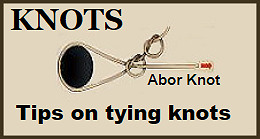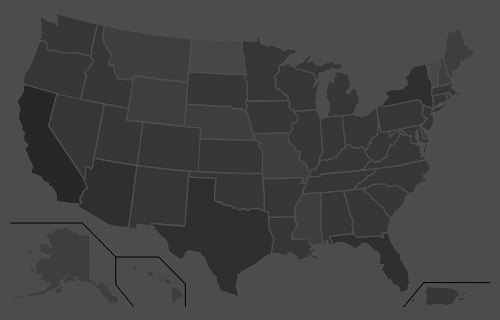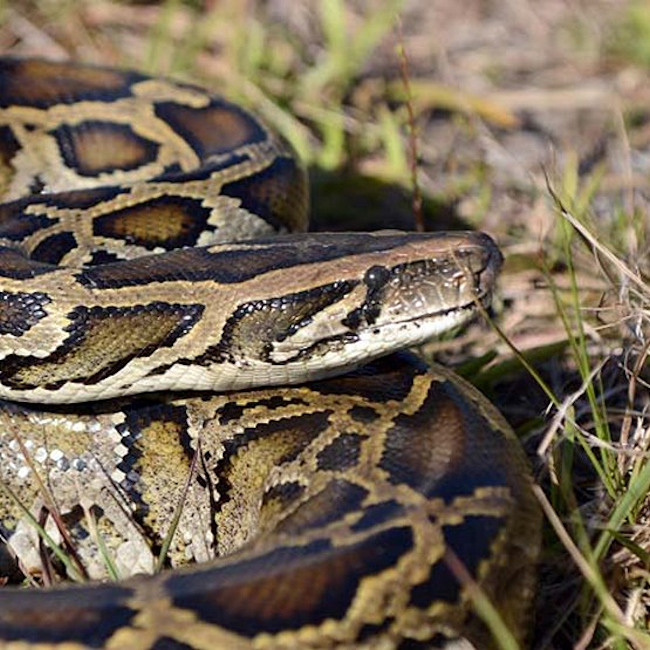“Our added winter moisture and active calling period led to a very long nesting and hatching season, starting in late April and extending into early summer, with chicks hatching as late as early July,” O’Dell said. “From a population standpoint, we are out of a deficit for the first time since 2001-2002. Quail are starting to pop up in places they haven’t been seen in a while.
“If you’ve never had the chance to experience what Arizona quail hunting built its name on, then this would be the year to get out and enjoy it.”
Meanwhile, hunters should note that the season for Mearns’ quail doesn’t begin until Dec. 4. It’s summer rainfall that plays a key role in nesting success and population numbers of this species. After a spotty and relatively weak monsoon across southern Arizona, these birds are likely to be abundant only in pockets that received sufficient precipitation this summer.
A valid Arizona hunting or combination hunt and fish license is required for all hunters 10 and older. Those hunters under 10 must either have a valid hunting or combination hunt and fish license, or be accompanied by an adult who possesses a valid hunting or combination hunt and fish license. Licenses can be purchased online or at license dealers statewide. A youth combination hunt and fish license (ages 10 to 17) is $5.
The general bag limit is 15 quail per day in the aggregate, of which no more than eight may be Mearns’ quail (when the Mearns’ season opens Dec. 4). The general possession limit is 45 quail in the aggregate after opening day, of which no more than 15 Gambel’s, scaled or California quail in the aggregate may be taken in any one day. After the opening of the Mearns’ season, the 45-quail possession limit may include 24 Mearns’ quail, of which no more than eight may be taken in any one day.
More quail-hunting information can be found on the department’s website at https://www.azgfd.com/Hunting/. Another resource for both new and experienced hunters alike is “An Introduction to Hunting Arizona’s Small Game.” Written by Randall D. Babb, the 196-page, full-color book covers where and how to hunt small game birds (like quail), squirrels, rabbits, ducks and geese. It also includes how to prepare and cook your harvest, with illustrations and recipes. The book can be ordered for $16.95 at www.azgfd.gov/publications.
Finally, hunters should check out O’Dell’s techniques for field-dressing quail at https://www.youtube.com/watch?v=3gRwZAcWzzk.
####
Publishers Notes: OUT OF STATE HUNTERS, FISHERMEN & OUTDOOR ENTHUSIASTS; Due to the Covid 19 pandemic, there could be limitations for OUT of STATE hunters, fishermen and other outdoor enthusiasts to include a 14-day quarantine requirement or negative COVID-19 testing alternative. Please check with the State's Department of Natural Resources BEFORE you travel or apply for the 2020 Fall Hunts.
Disclaimer: The views expressed on this site are that of the authors and not necessarily that of TBC Press
The Florida 2022 Python Challenge Registration Now Open
Submitted by: TBC Press
Posted on: 06/27/22
The Backcountry Press
The country's premier daily HUNTING, FISHING & OUTDOOR news in the USA and around the globe. Read whats happening in your neck of the woods & beyond.
© 2020 TBC Press - All Rights Reserved Website Design by:
News # 14807
Participants in the 2021 Florida Python Challenge® removed 223 invasive Burmese pythons from the Everglades, more than double the number that was removed in 2020. Over 600 people from 25 states registered to take part in the 10-day competition in 2021.
The Freedom First budget, recently signed by the Governor, makes a record investment of up to $3 million for python removal efforts, including to support research and development of innovative technologies that detect and remove invasive pythons. This includes the development of near-infrared cameras that better detect pythons.
In addition to python removal efforts on public lands, pythons can be humanely killed on private lands at any time with landowner permission — no permit or hunting license required — and the FWC encourages people to remove and kill pythons from private lands whenever possible.
About Invasive Burmese pythons
Burmese pythons are not native to Florida and negatively impact native species. They are found primarily in and around the Everglades ecosystem in south Florida where they prey on birds, mammals, and other reptiles. A female Burmese python may lay 50 to 100 eggs at a time. More than 16,000 Burmese pythons have been removed since 2000. For more information on Burmese pythons, visit MyFWC.com/Python.
Image courtesy of https://flpythonchallenge.org/
####
Governor Ron DeSantis announced that registration for the 2022 Florida Python Challenge® has opened and the annual 10-day event will be held August 5-14, 2022.
Members of the public are now able to take the required online training and register to compete to win thousands of dollars in prizes while removing invasive Burmese pythons from the wild. The competition is open to both professional and novice participants.
The Florida python removal competition begins at 8:00 a.m. on August 5, 2022 and ends at 5 p.m. on August 14, 2022. Register now at https://flpythonchallenge.org/participate/competition/registration/
Visit FLPythonChallenge.org to register for the competition, take the online training, register for optional in-person trainings, learn more about Burmese pythons and the unique Everglades ecosystem, and find resources for planning your trip to South Florida to participate in the Florida Python Challenge®.













